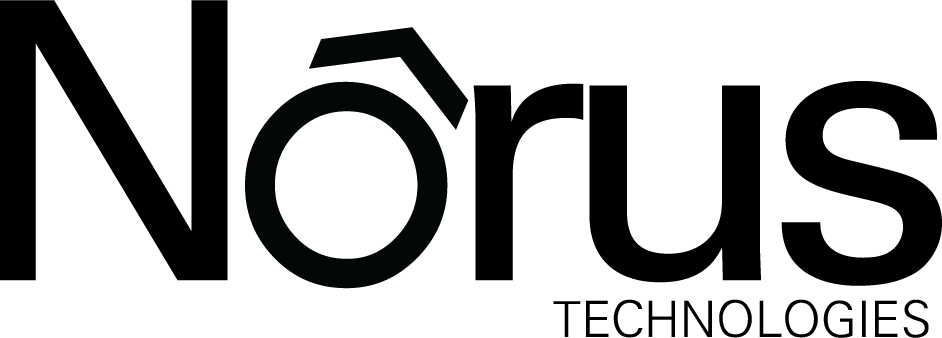Introduction
Understanding AI Agents
What Are AI Agents?
AI agents are autonomous software programs designed to perform tasks that typically require human intelligence, such as data analysis, decision-making, and natural language processing. In the nonprofit sector, AI agents can automate routine tasks, provide insights from complex data sets, and enhance engagement with stakeholders.
Types of AI Agents
- Reactive Agents: Respond to specific inputs with predefined actions without retaining historical data.
- Limited Memory Agents: Use historical data to inform decisions, making them suitable for tasks like donor behavior analysis.
- Theory of Mind Agents: Understand human emotions and intentions, enabling more personalized interactions.
- Self-aware Agents: The most advanced form, capable of self-assessment and autonomous learning, though still largely theoretical.
The Importance of Responsible AI Implementation
Implementing AI in nonprofits offers numerous benefits, including increased efficiency, enhanced decision-making, and personalized engagement. However, without a responsible approach, AI can pose risks such as data privacy issues, ethical dilemmas, and unintended biases. Therefore, it’s crucial to adopt AI thoughtfully to ensure it aligns with your organization’s mission and values.
Steps to Implement AI Agents Responsibly and Effectively
1. Define Clear Objectives
Before integrating AI, clearly articulate what you aim to achieve. Whether it’s automating administrative tasks, enhancing donor engagement, or improving program outcomes, having specific goals will guide your AI implementation strategy.
Action Steps:
- Identify areas where AI can add value.
- Set measurable objectives to assess AI effectiveness.
2. Assemble a Diverse Implementation Team
Involve a diverse group of stakeholders—not just technical staff—to bring different perspectives to the table. This approach ensures that the AI implementation considers various viewpoints and reduces the risk of unintended consequences.
Action Steps:
- Include members from different departments and backgrounds.
- Encourage open discussions about potential risks and benefits.
3. Ensure Data Quality and Security
AI systems rely on high-quality data. Ensure your data is accurate, up-to-date, and representative of the communities you serve. Additionally, prioritize data security to protect sensitive information.
Action Steps:
- Conduct regular data audits to maintain accuracy.
- Implement robust data security measures to protect against breaches.
4. Start Small and Scale Gradually
Begin with a pilot project that is small, time-limited, and assessed by staff. This approach allows you to test the AI system, gather feedback, and make necessary adjustments before scaling up.
Stanford Social Innovation Review
Action Steps:
- Select a manageable project for initial AI implementation.
- Monitor performance and gather feedback from users.
- Make iterative improvements based on insights gained.
5. Prioritize Ethical Considerations
Address ethical considerations such as fairness, transparency, and accountability. Ensure that AI decisions are explainable and that the system does not perpetuate biases.
Action Steps:
- Develop an ethical framework to guide AI use.
- Train AI models on diverse and representative data sets.
- Maintain transparency in AI decision-making processes.
6. Engage with the Community
Involve the communities you serve in the AI implementation process. Their input can provide valuable insights and help ensure the AI system meets their needs and respects their values.
Action Steps:
- Conduct community consultations to gather input.
- Incorporate feedback into AI system design and functionality.
7. Provide Training and Support for Staff
Equip your team with the necessary skills to work effectively with AI systems. Providing training ensures that staff understand how to use AI tools and are aware of ethical considerations.
Action Steps:
- Offer training sessions on AI tools and their applications.
- Educate staff on ethical AI use and data privacy.
8. Monitor and Evaluate AI Performance
Continuously monitor the AI system to ensure it is functioning as intended and meeting your organization’s objectives. Regular evaluations allow for timely adjustments and improvements.
Action Steps:
- Establish key performance indicators (KPIs) to measure success.
- Conduct regular reviews to assess AI performance.
- Make data-driven decisions to refine AI applications.
Case Study: Tarjimly – Breaking Language Barriers with AI
Types of AI Agents
Tarjimly, a Google-backed nonprofit, is leveraging AI to address language barriers faced by refugees and displaced individuals. The organization connects refugees with volunteer interpreters and translators through a mobile app, offering on-demand language support for critical situations like medical appointments, immigration interviews, and legal consultations.
To scale its services and improve accuracy, Tarjimly uses AI to train language models with data gathered from real translation sessions. This helps enhance translations, particularly for underrepresented languages spoken in regions across the Global South.
Impact
- Over 500,000 refugees have received critical language support.
- Increased accessibility for marginalized groups who would otherwise face communication barriers.
- AI-driven tools have enabled faster and more accurate translations, enhancing service delivery.
Tarjimly’s AI-powered approach demonstrates how technology can be used ethically and responsibly to empower vulnerable populations and bridge communication gaps in humanitarian crises.
Frequently Asked Questions (FAQs)

What are the first steps to implementing AI in a nonprofit organization?

Begin by defining clear objectives for AI use, assembling a diverse implementation team, and ensuring your data is of high quality and secure.

How can nonprofits address ethical concerns when implementing AI?

Develop an ethical framework, ensure transparency in AI decision-making, and involve the communities you serve in the implementation process.

Is it necessary to have technical expertise in-house to implement AI?

While technical expertise is beneficial, nonprofits can also partner with external experts or organizations specializing in AI implementation for the social sector.

How can we ensure our AI system does not perpetuate biases?

Use diverse and representative data sets to train AI models, and regularly audit algorithms for bias.
Conclusion
Implementing AI agents in nonprofits is no longer a luxury—it’s a necessity for organizations seeking to maximize efficiency, enhance decision-making, and create meaningful, data-driven impact. By following a responsible and ethical implementation process, nonprofits can unlock the true potential of AI while ensuring transparency, fairness, and community involvement.
Whether you’re starting small with automating administrative tasks or scaling up to personalized donor engagement, AI tools can help you focus on what matters most: your mission and the people you serve.
At Norus, we understand the unique needs and challenges of nonprofits. We specialize in building AI solutions tailored to drive social impact while maintaining the highest ethical standards.
Ready to explore how AI can empower your nonprofit?
Contact Norus today to learn how we can help you implement AI agents responsibly and effectively.
Coming Up Next in Part 3
“Measuring the Impact of AI Agents: Metrics, Insights, and Real Results for Nonprofits”
Stay tuned for actionable strategies to measure AI performance and demonstrate its impact to stakeholders!






